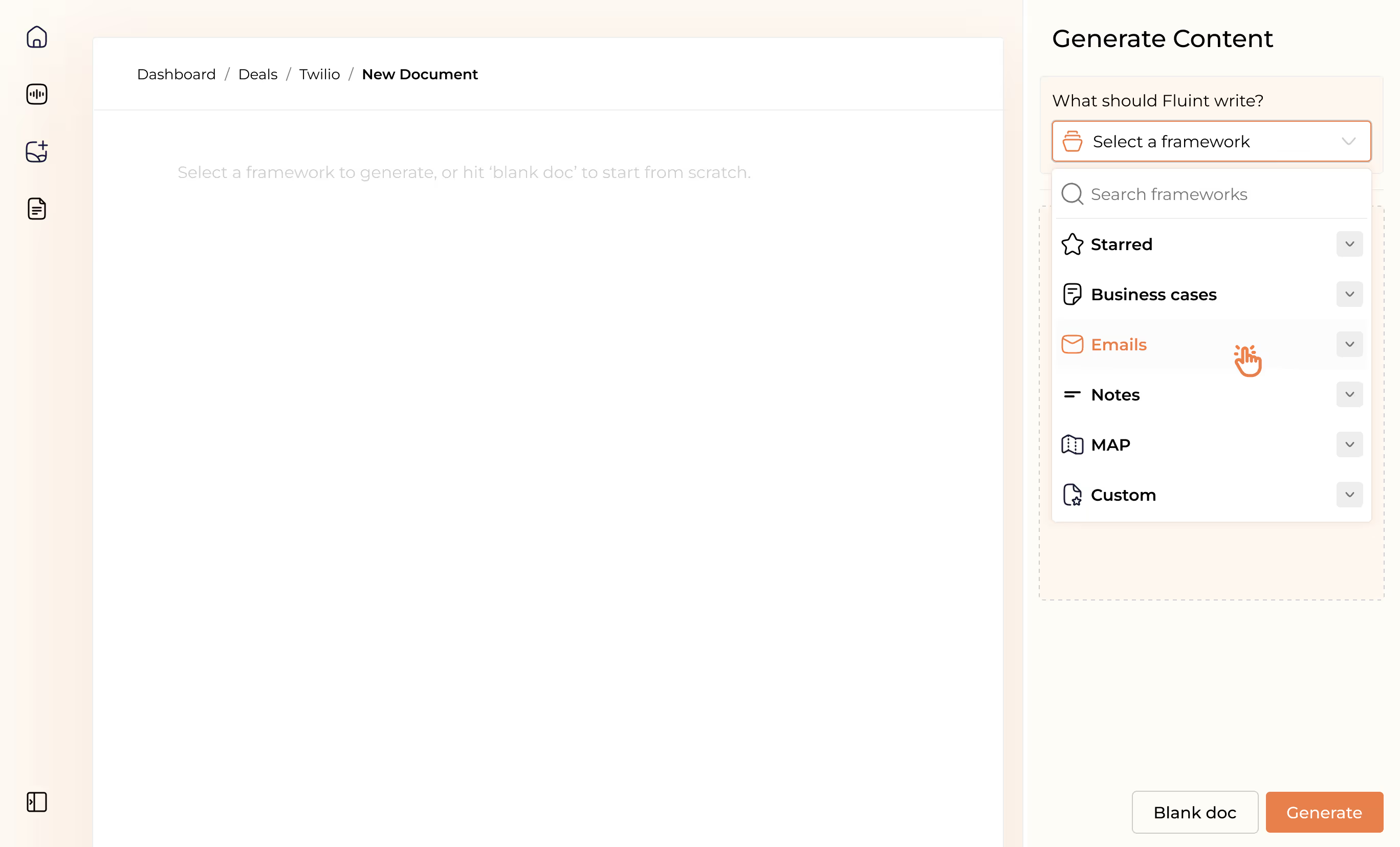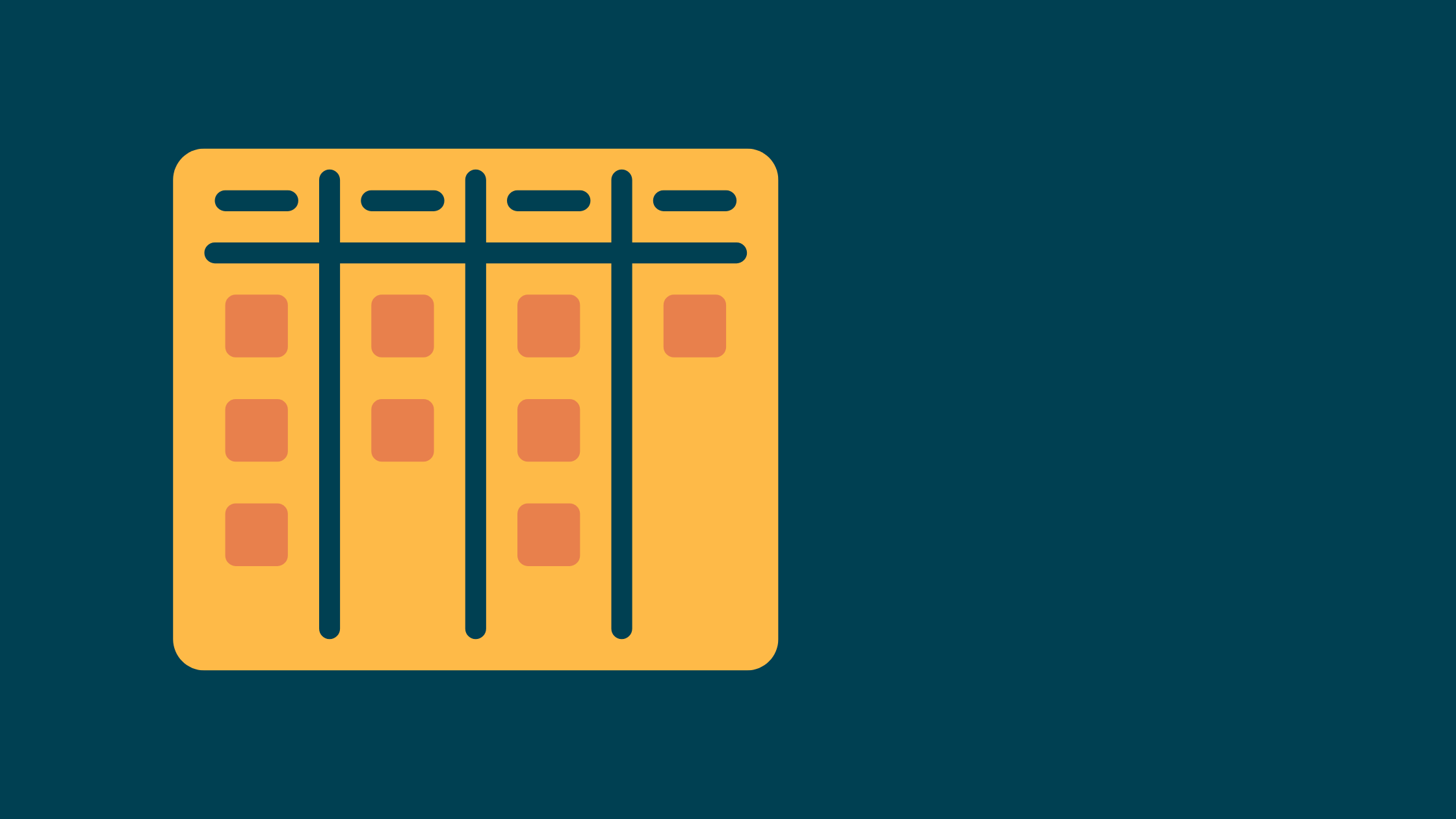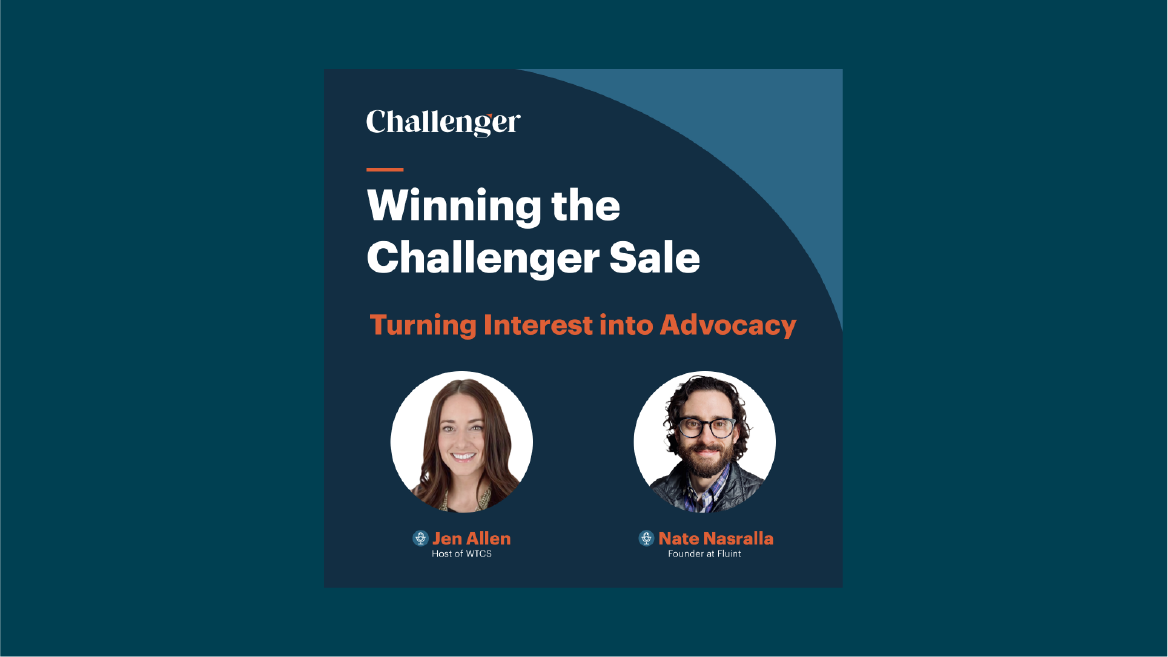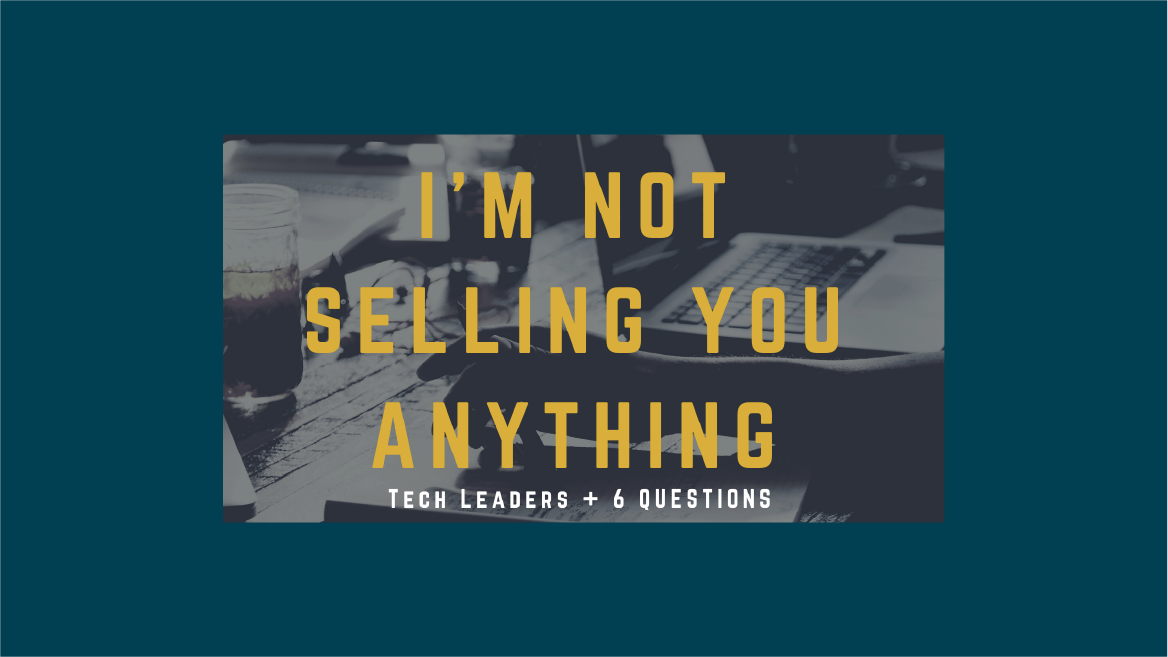Seismic vs. Highspot vs. Showpad — The Sales Enablement Buyer’s Guide
You’re looking for a tool that can help your sales team find the content they’re searching for, and win more revenue. But the choice can be overwhelming.
The sales enablement market is a crowded, competitive space. Platforms can vary significantly in terms of features, price, and ease of use. Plus, you’d like to be certain you’re investing in the right platform.
In this post, we’ll compare three leading sales enablement tools — Seismic, Highspot and Showpad — to help you make a confident, low-regret buying decision.
We’ll start by summarizing each product, then discuss their features and what makes each different, so you can compare them side-by-side. We’ll wrap up with one major gap in each of these platforms that you should consider before your purchase.
What makes Seismic different?
Teams use Seismic to help their sales reps find the right content when they need. Seismic acts as a single source for managing, automating and distributing content, allowing reps to eliminate multiple systems. It also gives the marketing and enablement team tools to collaborate on content.
After acquiring Lessonly, Seismic went deeper into a focus on sales rep training. Their platform allows enablements teams to build out small courses and training sessions to keep track of how quickly sales reps are learning — whether they’re ramping, or diving into new messaging and product releases.
Seismic has also started to differentiate itself through the use of “Deal Rooms.” Think Dropbox for sales. A branded, segmented page for each account to access content the seller posts for them.
What makes Highspot different?
Highspot is a cloud-based content management and distribution platform that gives marketing and enablement teams content automation and analytics. Like Seismic, they designed a platform that combines content collaboration, management, and a number of enablement functions.
Highspot also has a way to develop training programs to onboard new reps and reduce ramping time. However, what sets Highspot apart is a deeper focus on coaching, versus training.
With Highspot’s coaching functionality, managers can measure seller behavior and provide a more targeted set of suggestions to help them stick to winning playbooks. Coaching through Highspot also allows you to include methods like Challenger and Sandler, while showing reps how to improve their execution.
What makes Showpad different?
Showpad is a sales enablement platform focused on bridging the gap between sales and marketing teams, by creating a single, central location that lets sellers discover, present, and share the latest content built by their marketing and enablement teams.
In that sense, the basic functionality of their platform is similar to Seismic and Highspot. Showpad stands out in two different places, however.
First, they place a larger focus on video in the buying experience to allow sellers to mix up the type of content they share with their buyers. Additionally, their MeetingIQ tool monitors conversations across the sales team as a way to enable coaching on talk tracks, and to identify areas that certain reps need more guidance.
Seismic vs. Highspot vs. Showpad Feature Summary
Key Seismic Features
- Sales enablement: Hyper-targeted content recommendations to reach specific customer bases, and playbooks to help curate content.
- Training and coaching: Provides the tools and training for new reps to get up to speed faster and ramp up on new pieces of content.
- Social selling: An automated, multi-channel approach allows sales teams to reach their target audience through social media, SMS, and email.
- Marketing enablement: Aligns your content strategy across all channels and integrates your marketing and sales team’s message.
- Deal rooms allow sales reps to post key documents based on buying conversations for specific accounts to find and access outside of email.
- Content Management: Automated and scalable content rules, just-in-time training on new content released, and relevant news for the sales team.
- Analytics: Marketing can see what content works, sales sees which content engages buyers most effectively, for both to adjust their approach.
Key Highspot Features
- Content library: A library of templates, videos, images, and other assets used in creating new content.
- Content creation: The ability to create new content from scratch or using templates in a native designer that allows in-line editing
- Content sharing: The ability to share content with prospects via email or social media channels from inside the Highspot dashboard or plugins.
- Training and coaching: For onboarding new sellers or continual learning for existing sellers. Both on-demand and live, virtual training is available.
- Analytics: The ability to track how much time is spent creating each piece of content and how many times prospects viewed it. These “scorecards” give an at-a-glance view of how your sellers are performing to help you make adjustments quickly.
- AI analyzes activity and makes recommendations for buyer engagement.
Key Showpad Features
- Content management & recommendations makes sure sales can easily find content and use it to influence revenue and deal outcomes.
- Content analytics measures and proves the ROI of your marketing efforts.
- Shared spaces lets sales reps post content throughout the sales cycle in an easy to navigate, brandable microsite.
- Conversation intelligence shows which talk tracks win deals, and identifies learning moments for the sales team.
- Coaching lets managers deliver onboarding sessions and monitor their team’s performance to identify weak spots, and address them with recorded practice and peer reviews.
- Videos can be embedded inside content and workflows for more dynamic experiences.
Integrations with Seismic vs. Showpad vs. Highspot
Seismic Integrations
Seismic integrates with the most popular tools you use with 100+ integrations ranging from analytics and CRM to marketing automation and sales enablement. Their other integrations include:
- Content collaboration
- Sales management
- Sales readiness
- File sharing
- Business intelligence
Highspot Integrations
Highspot also has integrations for the most popular tools like Microsoft, Google, and Salesforce. They currently support 70 integrations in areas like:
- File storage
- Marketing automation
- Social selling
- Sales training
- Email and workflow
- CRM’s
Showpad Integrations
Showpad also integrates with CRM’s, marketing automation, and other technologies you use to stay productive, like email. Their integrations are broken down by:
- CRM’s
- Marketing Automation
- Sales Engagement
- Social Selling
- Content Syncing
- Content Editing
Reviews From Users About Seismic vs. Highspot vs. Showpad
There’s no substitute for hearing directly from users, so we scanned hundreds of reviews on all the major review sites to pull out a shortlist of headlines for you.
Seismic Reviews
Pros:
“...After just a few weeks following the rollout to our sales teams, Seismic is now the single source of truth for all sales-related content.”
“...Seismic's ability to ‘staledate’ content when it expires is a wonderful feature that makes compliance a breeze.”
“...I love the search feature. My company pushes out a lot of great content for prospects and I can search a keyword and everything related pops up.”
Cons:
“...Very tricky to have all the resources you want available for your sales teams. It requires a strict creation process and tight brand management...”
“...Many times, the emails I send out through the system are blocked by the receiver’s email security, and it often kicks my email to spam.”
“...I dislike the UX on this software because it’s often much more complicated than it needs to be. Could use an updated interface.”
Highspot Reviews
Pros:
“...The ability to see others' comments and reactions to documents is helpful to as I seek those that are most heavily used.”
“...I mainly use Highspot to create weekly newsletters, and the ease of incorporating content and pages throughout is incredible.”
“...the ability to see others' comments and reactions to documents is helpful to as I seek those that are most heavily used.”
Cons:
“...I create a lot of internal communications that seem to just pile up in my Highspot, I’d prefer a more organized, uniform table of communications rather than a running list.”
“...I’ve been having some issues where there’s a lag in accessing documents and pulling up certain files for us."
”...it can be difficult to navigate as more content is being added to the system to find exactly what you want to use. I wish they had a frequently used items section."
Showpad Reviews
Pros:
“...Great content management for sales people, easy to edit presentations and adjust them for prospects.”
“...Our users are happy and the adoption rate was high, the most important thing for us to see a return.”
“...The support from Showpad is one of the best, they keep you updated and top of mind. Easy to understand icons in the software too.”
Cons:
“...Design is veeerrryyy limited. I’m not able to change fonts or customize it to a brand standard.”
“...Setting up channels, tags and users is quite a lift, and the administration of content is one users need to pay attention to if you want the analytics to work.”
“...If you what to share with 10 people and see who opened the file, you need to create 10 links and it's time consuming. Otherwise you can’t keep track.”
Where Do These Sales Enablement Platforms Fall Short?
Seismic, Showpad, and Highspot all make it easy for sellers to find and share company-branded content, created by their marketing and enablement teams.
There’s a major gap these platforms don’t address in the B2B buying process, however. Our team interviewed 290+ B2B buyers to figure out exactly what they — the buyers — are looking for from the sales content shared with them. Their feedback?
Buyers want sales content that’s built with their own words.
The reason is that major decisions are made during internal meetings — not sales meetings — when buyers pitch both their problem and a product that can help to their team.
The buyers we interviewed explained how they:
- Sift through stacks of content links and documents hosted by enablement systems, just to find the two sentences in each document that are relevant. Buyers called this the "treasure hunt."
- Translate those sentences into their own, internal language instead of marketing jargon, so that they can frame the benefits around their team’s goals.
- Cobble together their own pitch material, based on their own internal formats and meeting agendas.
- Circulate with their team for commenting, feedback, and questions, before their next sales meeting.
In short, buyers said they won’t send sales templates and marketing materials to their boss, because it doesn’t sound like them or speak to their boss’ exact goals.
However, sales reps who don't want to force their prospects on the “treasure hunt” have a difficult choice to make. The sales rep can either:
- Spend time re-writing template content, so that their buyer is confident enough to share it; or
- Save time by using easy, pre-built content hosted in their enablement system.
This is what costs today's sales team winnable deals — enablement that’s overly focused on marketing content, not the buyer's internal message.
Fluint’s Approach
Fluint removes this “either or” choice from sales reps by letting them convert their sales conversations with prospects, into personalized and ready-to-ship materials buyers can’t wait to share.
Think of it like this. Your buyers are helping you to build personalized enablement content for every single deal, based on what they know will resonate with their decision makers.
This way, your sales reps can train their deal champions on how to communicate your product’s value when they’re not in the room — while enabling them with materials written in their team's own, internal language.
To see the details on how Fluint’s process works, learn more here.
Why stop now?
You’re on a roll. Keep reading related write-up’s:
Draft with one click, go from DIY, to done-with-you AI
Get an executive-ready business case in seconds, built with your buyer's words and our AI.

Meet the sellers simplifying complex deals
Loved by top performers from 500+ companies with over $250M in closed-won revenue, across 19,900 deals managed with Fluint

Now getting more call transcripts into the tool so I can do more of that 1-click goodness.



The buying team literally skipped entire steps in the decision process after seeing our champion lay out the value for them.


Which is what Fluint lets me do: enable my champions, by making it easy for them to sell what matters to them and impacts their role.








